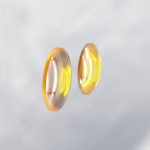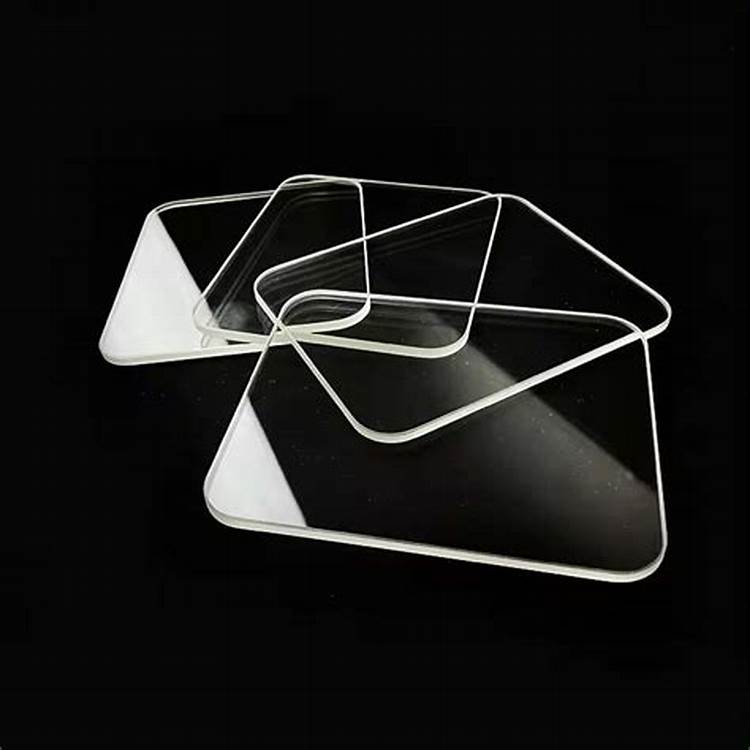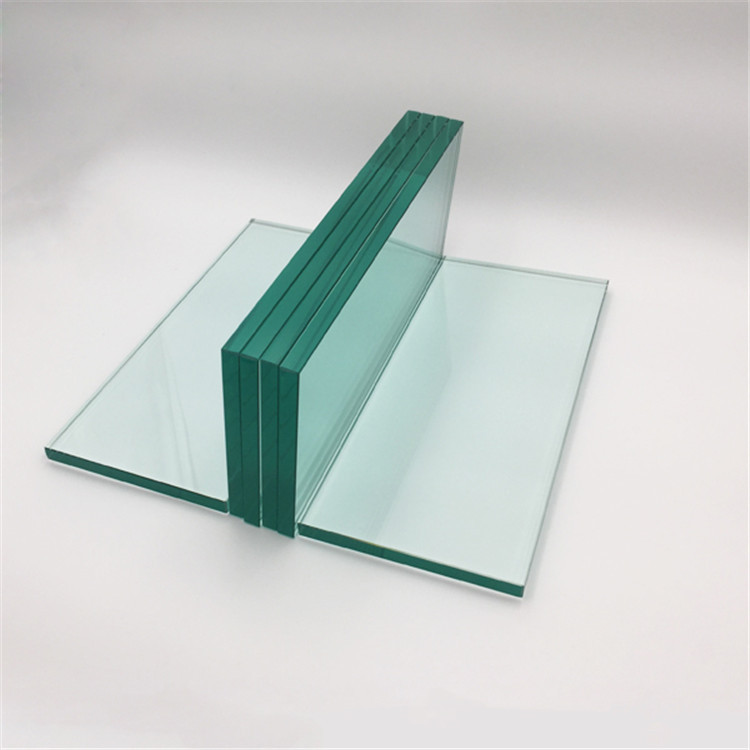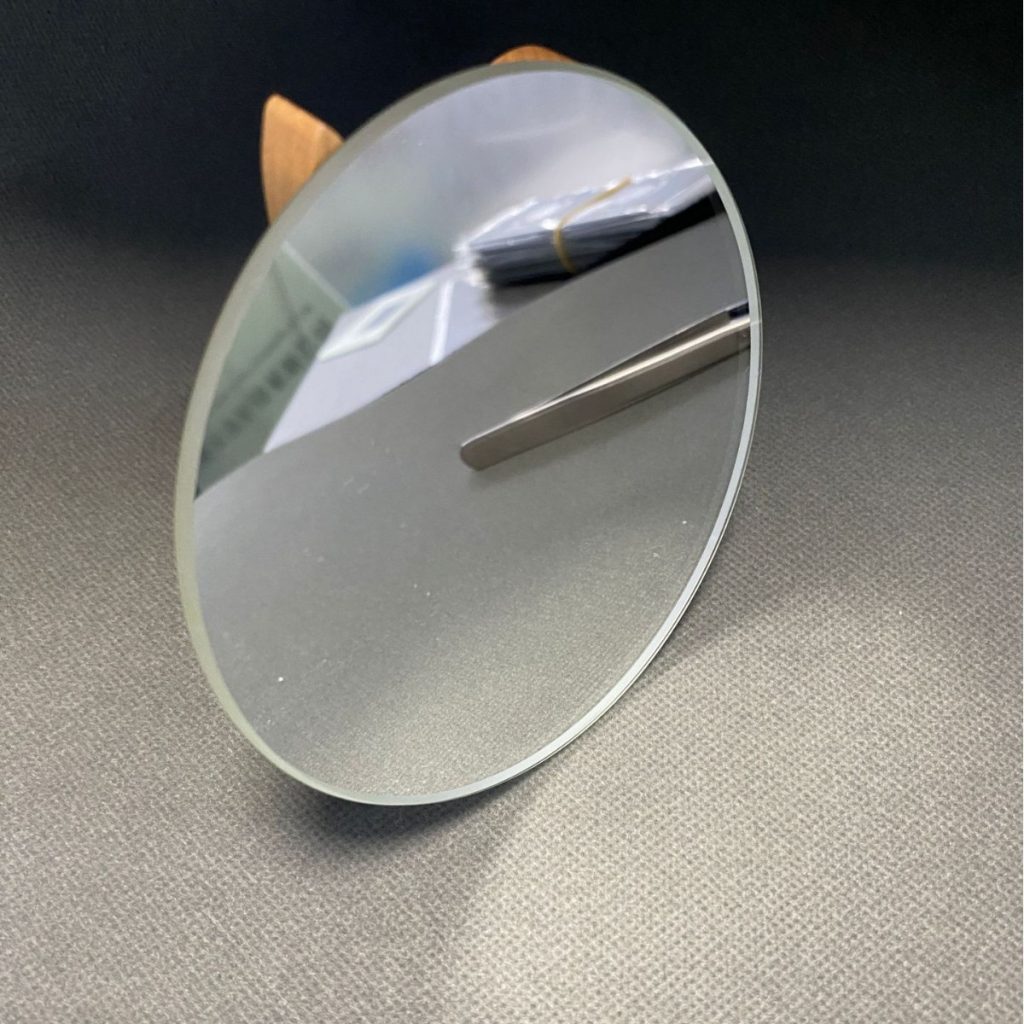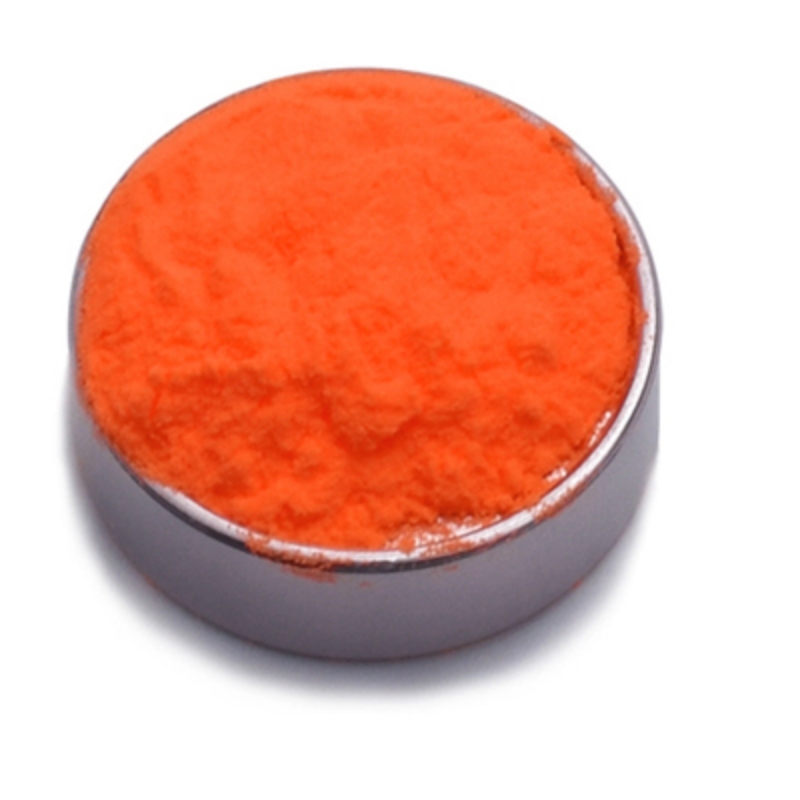Zinc selenide aspheric lens is a high-performance optical component designed for superior infrared transmission, minimized spherical aberration, and enhanced imaging precision. Manufactured from high-purity ZnSe, it offers exceptional optical clarity, excellent beam focusing, and outstanding mechanical durability. This advanced lens is widely used in infrared imaging systems, laser optics, aerospace applications, and precision scientific instruments, ensuring optimal optical efficiency for demanding environments.
Product Overview
The Zinc Selenide (ZnSe) aspheric lens is made from high-purity ZnSe, known for its exceptional optical properties, especially in the infrared (IR) wavelength range. ZnSe material offers low absorption and high thermal shock resistance, enabling stable performance even in high-temperature and harsh environmental conditions. The aspheric design effectively corrects spherical aberration, providing high-quality optical imaging. This lens is commonly used in collimation, fiber coupling, and quantum laser coupling applications, offering a high numerical aperture to effectively collect optical energy, making it particularly suitable for applications like quantum laser systems.
Key Features
- Low Absorption and Thermal Shock Resistance: Zinc Selenide's excellent thermal stability makes it ideal for applications in high temperatures and harsh environments.
- High Numerical Aperture: Effectively collects more optical energy, delivering superior optical performance.
- Aspheric Design: Eliminates spherical aberrations, optimizing image quality, and reducing the number of lenses needed in multi-lens systems.
- Single Element Design: Simplifies optical systems, reduces component complexity, and enhances the reliability of optical systems.
Applications
- Thermal Imaging Systems: Provides high-quality imaging performance in the infrared imaging domain, widely used in temperature monitoring, night vision, and related technologies.
- Collimation and Fiber Coupling: Used in laser collimation, fiber output, and other optical systems to ensure stable beam transmission.
- Quantum Laser Coupling (QCL): The high numerical aperture design allows for efficient coupling with quantum laser systems (QCL).
- Optical Imaging and Barcode Scanning: Ideal for barcode scanning, optical imaging systems, and optical instruments, enhancing imaging and scanning accuracy.
- Beam Shaping: Suitable for optical applications such as beam focusing, shaping, and modifying beam aspect ratios.
| Physical Property | Value |
| Crystal Structure | Cubic |
| Density | 5.27 g/cm³ |
| Resistivity | ~10¹² Ω·cm |
| Melting Point | 1525 ℃ |
| Chemical Purity | 100.00% |
| Thermal Expansion | 7.1×10⁻⁶ @ 273K |
| 7.8×10⁻⁶ @ 373K | |
| 8.3×10⁻⁸ @ 473K | |
| Thermal Conductivity | 18.0 W/(m·K) @ 298K |
| Specific Heat Capacity | 0.339 J/(g·K) @ 298K |
| Knoop Hardness | 110 kg/mm² |
| Bending Strength | 55 MPa |
| Young's Modulus | 67.2 GPa |
| Poisson's Coefficient | 0.28 |
| Optical Property | Value |
| Transmission Range | 0.5-22 μm |
| Refractive Index Inhomogeneity | <3×10⁻⁶ @ 632.8μm |
| Absorption Coefficient | 5.0×10⁻³ /cm @ 1300nm |
| 7.0×10⁻⁴ /cm @ 2700nm | |
| 4.0×10⁻⁴ /cm @ 3800nm | |
| 4.0×10⁻⁴ /cm @ 5250nm | |
| 5.0×10⁻⁴ /cm @ 10600nm | |
| Thermal Light Coefficient | 1.07×10⁻⁴ @ 632.8nm |
| 7.0×10⁻⁵ @ 1150nm | |
| 6.2×10⁻⁵ @ 3390nm | |
| 6.1×10⁻⁵ @ 10600μm |
 new material
new material


